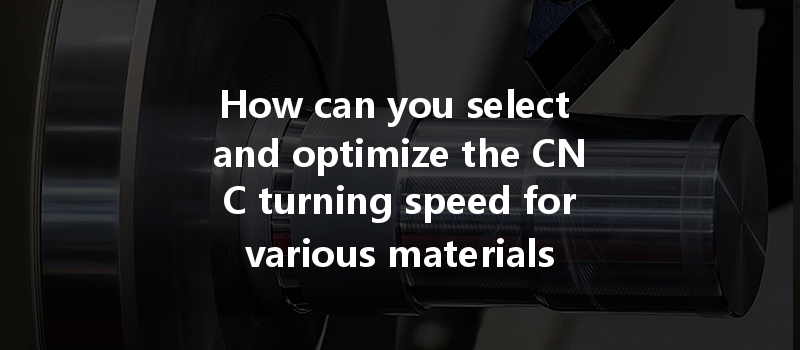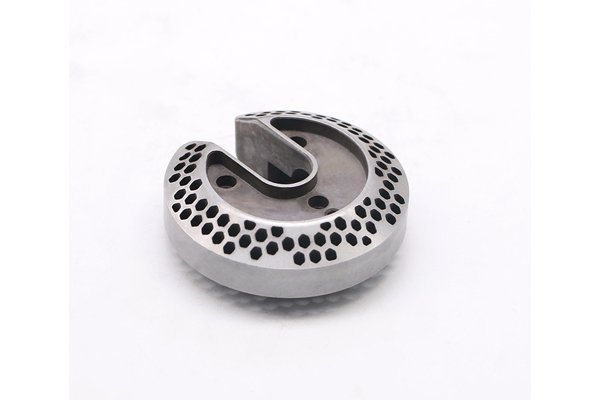Opening
Did you know that the right CNC turning speed can dramatically enhance productivity by up to 30%? In the world of CNC machining, optimizing turning speeds not only affects production efficiency but also enhances the quality of the finished product. As businesses strive for greater efficiency and precision, understanding how to select and optimize CNC turning speed for different materials is crucial. In this blog, we’ll dive into the intricacies of CNC turning speed, providing you with knowledge and strategies to achieve the best results for various materials.
Understanding CNC Turning Speed
Before we jump into optimization techniques, it is essential to understand what CNC turning speed is. CNC turning speed, or spindle speed, refers to how fast the tool rotates during the machining process, measured in revolutions per minute (RPM). The right spindle speed can help maintain material integrity, prevent tool damage, and optimize surface finish quality.
Factors Affecting CNC Turning Speed
Several factors influence the optimal CNC turning speed for different materials:
Selecting Optimal CNC Turning Speeds for Different Materials
Strategies to Optimize CNC Turning Speed

The first step to determining the correct speed is using the cutting speed formula:
[ V = frac{π times D times N}{1000} ]
Where:
This formula allows you to calculate optimal spindle speeds based on the desired cutting speed provided by material specifications.
Choosing the right tooling material for your operation can significantly influence the achieved surface finish and overall machining efficiency. For hard materials, high-speed steel (HSS) tools may be too slow; carbide or ceramic tools offer better performance at higher RPMs.
Implementing a system for real-time monitoring helps assess the quality instantly, allowing adjustments to be made on-the-go. Tests with various RPM settings can provide insights into optimal conditions, enabling you to refine parameters further.
Lowering the depth of cut can often allow higher speeds without damaging the workpiece. Similarly, calibrating the feed rate to the right speed ensures that there is no chattering or tool breakage.
Using sophisticated tool paths and optimization software can also dictate optimal speeds. The software often provides simulation results based on machine dynamics and material properties.
Efficient Use of Coolant and Lubricants
The application of coolant not only helps in reducing the temperature during cutting but also can affect tool wear rates positively. Effective anti-friction lubrication systems could enable higher turning speeds by minimizing damage from heat and friction.
In summary, effectively optimizing CNC turning speed for various materials hinges on understanding the intricate variables that influence cutting performance. By considering the material type, tool characteristics, and practical strategies such as real-time monitoring and advanced manufacturing techniques, companies can significantly improve nejen productivity but also precision.
Selecting the right CNC turning speed isn’t just about faster machining; it can lead to enhanced quality, decreased wear on tooling, and overall operational efficiency. As manufacturing technology evolves, investing time and resources into understanding and applying these principles is crucial for maintaining a competitive edge in the industry.
As we move forward, consider the impact of your CNC turning strategies. How can the speed you choose today affect the quality of your products tomorrow? By continuously refining these processes, you set your operation on a path toward sustained success and excellence in machining.






